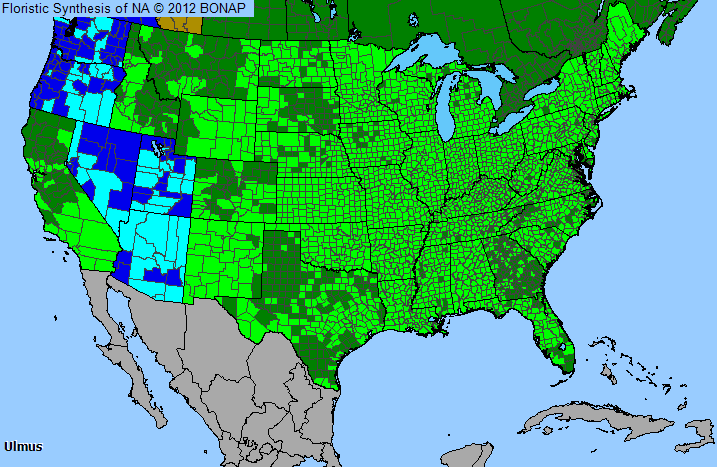
Plant Allergy Overview
Allergenicity
Moderate
Pollen Season
Full Year
Type
Tree
Sub-Type
Deciduous
Allergy Information
Elms are a major source of allergy. Fall pollinating elms tend to be more allergenic in studies than spring pollinating elms but both are significant.
Genus Details
The towering elm is located throughout the United States. Elms have simple, alternate leaves and distinctive wafer-like fruits called samaras. The leaves are usually rough textured and lopsided at the base. Elms generally flower at two distinct times. The majority of elms begin flowering in January or February in the southern latitudes and as late as April in the northern regions. There are also a few species of late flowering elms in the southern states, which flower during the late summer and occasionally into November. Elms are wind-pollinated, flowering before leaves appear for the season. Individual seeds are enclosed in a thin, papery casing, carried well by the wind.
Pollen Description
Grains are suboblate to spheroidal; the amb from oblate-spheroidal to angular and square. They contain 4-6 elliptical pores and the exine is thick and rugulate.
Grains are usually 16-50 x 18-50 micrometers.
Genus Distribution

The shaded areas on the map indicates where the genus has been observed in the United States.
 - Native, observed in a county
- Native, observed in a county  - Introduced, observed in a county
- Introduced, observed in a county  - Rarely observed
- Rarely observedSpecies in Elm Genus
Allergens & Plants Search
Enter a full or partial species name to find more information on one of over 1,200 potentially allergenic plants.
For example, you can find chenopods searching on "cheno"

